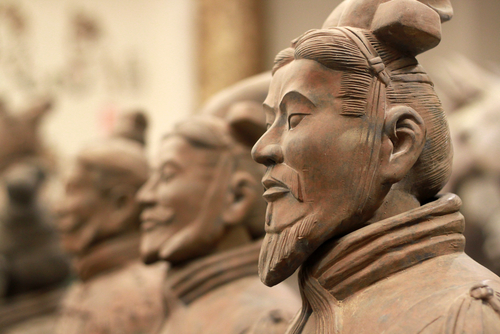University Researchers Turn to Blockchain to Preserve Cultural Heritage
A team from China’s Tsinghua University has filed a patent application detailing a role for blockchain technology in protecting cultural heritage.
According to a patent filing submitted in April and revealed on Friday, three faculty members of the university have developed a concept for a system that can store and share digital versions of culturally important objects using a blockchain.
The three inventors – including Tan Jiajia, a postdoctoral researcher and Lu Xiaobu, the head of the university’s Academy of Art and Design – explain in the document that the system primarily consists of two parts.
The first involves a 3D computing model that can scan a culturally important object in order to provide it with a form in the digital realm. In the second stage, the system automatically stores each object’s data on a private blockchain via a cryptographic process called hashing.
By including other cultural heritage holders (such as museums) as participating nodes, they say the blockchain platform could eventually grow into a consortium in which each party will obtain a shared ledger of cultural heritage data and be able to update it with their own archive.
On top of that, the patent filing adds, the system will produce a hash for the full ledger on the private blockchain whenever it gets updated, which would be further transacted to a public blockchain for enhanced visibility.
The team writes in the patent:
“Based on the unique design of blockchain for exchanging information, the digital identify of each cultural heritage can be transferred among different parties at lower costs with higher efficiency, so that we can enlarge their economic and social values.”
While the document does not disclose exact details on how the private blockchain would be developed, the inventors indicate that their early stage exploration had been based on Tencent’s Trust blockchain platform – a product the internet giant announced in April of last year.

